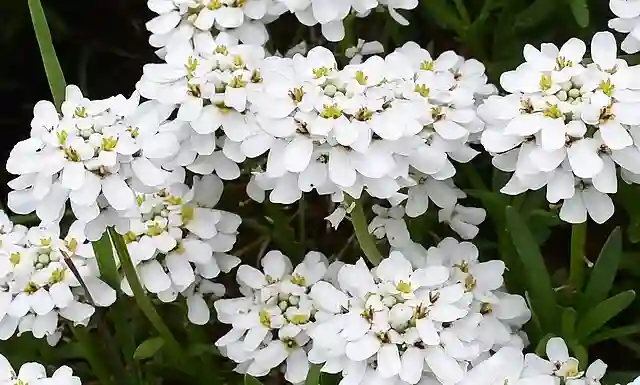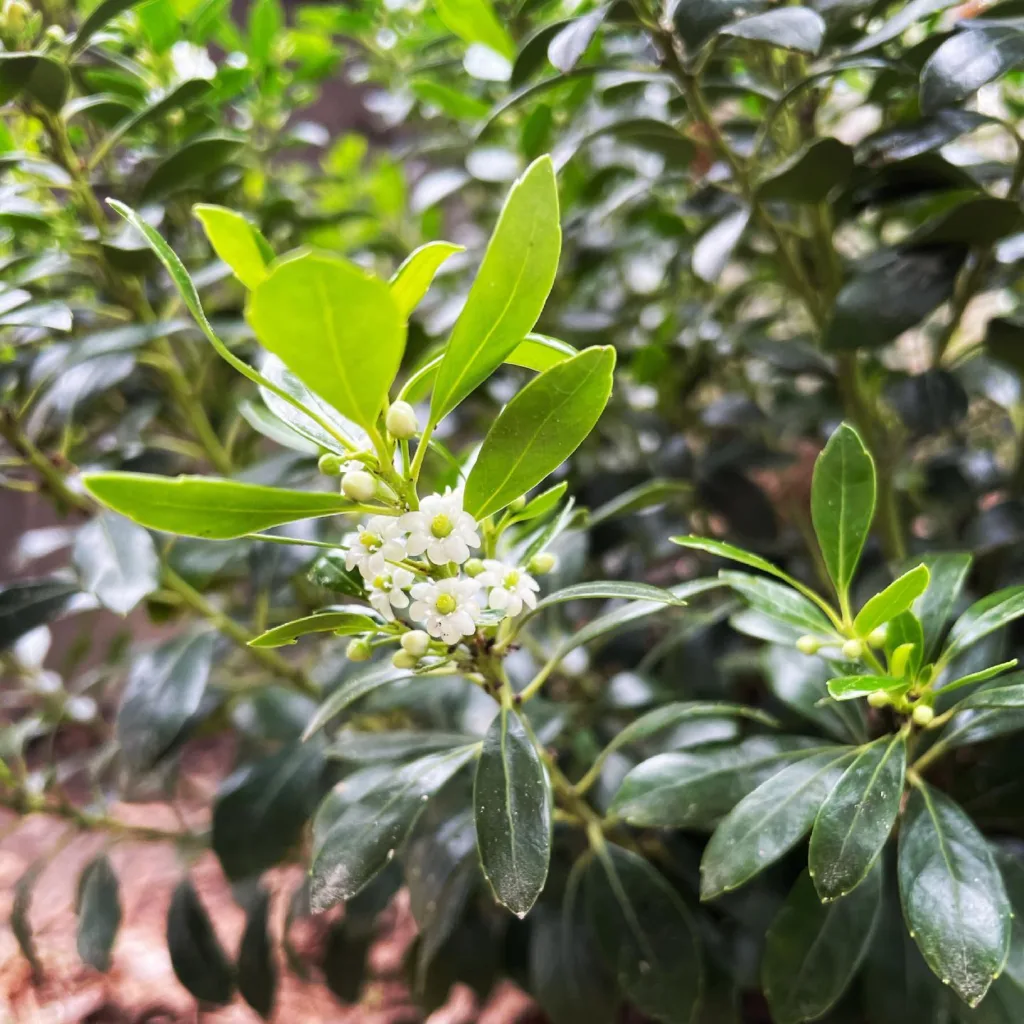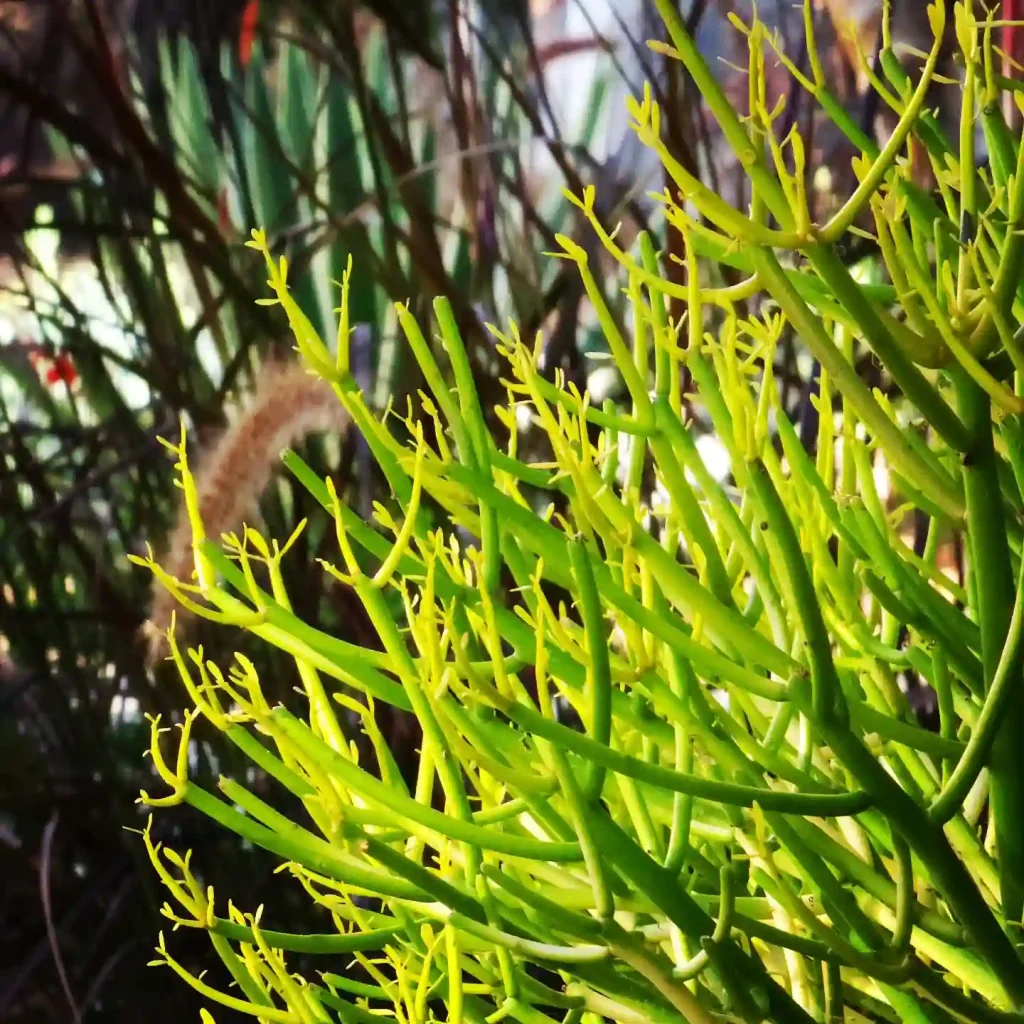Strophanthus: A Beautiful Poison
I’ve always been fascinated by the natural world, especially by plants that possess both beauty and danger. One genus that perfectly embodies this duality is Strophanthus. These flowering plants, belonging to the Apocynaceae family, are native to tropical Africa and Asia. They are known for their striking flowers, often adorned with long, trailing petals, and for their potent toxicity.
A Diverse Genus
The Strophanthus genus comprises a diverse group of species, each with its unique characteristics. Here are:
- Strophanthus gratus: This species is known for its fragrant, pink or purple flowers and is a source of the cardiac glycoside ouabain.
- Strophanthus kombe: This species is the source of the cardiac glycoside strophanthin-k and has been traditionally used as an arrow poison.
- Strophanthus hispidus: This species is also used as a source of arrow poison and yields the cardiac glycoside strophanthin-h.
- Strophanthus preussii: This species produces beautiful, bell-shaped flowers and is used in traditional medicine for various ailments.
- Strophanthus amboensis (Schinz) Engl. & Pax
- Strophanthus arnoldianus De Wild. & T.Durand
- Strophanthus barteri Franch.
- Strophanthus bequaertii Staner & Michotte
- Strophanthus boivinii Baill.
- Strophanthus bullenianus Mast.
- Strophanthus caudatus (L.) Kurz
- Strophanthus congoensis Franch.
- Strophanthus courmontii Sacleux ex Franch.
- Strophanthus demeusei Dewèvre
- Strophanthus divaricatus (Lour.) Hook. & Arn.
- Strophanthus eminii Asch. ex Pax
- Strophanthus gardeniiflorus Gilg
- Strophanthus gerrardii Stapf
- Strophanthus gracilis K.Schum. & Pax
- Strophanthus holosericeus K.Schum. & Gilg
- Strophanthus hypoleucos Stapf
- Strophanthus ledienii Stein
- Strophanthus luteolus Codd
- Strophanthus mirabilis Gilg
- Strophanthus mortehanii De Wild.
- Strophanthus nicholsonii Holmes
- Strophanthus parviflorus Franch.
- Strophanthus perakensis Scort. ex King & Gamble
- Strophanthus petersianus Klotzsch
- Strophanthus puberulus Pax
- Strophanthus sarmentosus DC.
- Strophanthus singaporianus (Wall. ex G.Don) Gilg
- Strophanthus speciosus (Ward & Harv.) Reber
- Strophanthus thollonii Franch.
- Strophanthus vanderijstii Staner
- Strophanthus wallichii A.DC.
- Strophanthus welwitschii (Baill.) K.Schum.
- Strophanthus wightianus Wall. ex Wight
- Strophanthus zimmermannianus Monach.
A Toxic Beauty
The beauty of Strophanthus belies its deadly nature. The seeds and other parts of these plants contain cardiac glycosides, potent compounds that can have a profound effect on the heart. These glycosides, such as ouabain, strophanthin-k, and strophanthin-h, have been used traditionally as arrow poisons for hunting and warfare.
The mechanism of action of these cardiac glycosides involves the inhibition of the sodium-potassium pump in heart cells. This disruption leads to an increase in intracellular calcium, which in turn strengthens the force of heart contractions. While this effect can be beneficial in controlled doses for treating certain heart conditions, an overdose can lead to fatal cardiac arrhythmias.
Traditional Uses and Modern Medicine
Despite their toxicity, Strophanthus species have been used in traditional medicine for centuries. In Africa, extracts from various Strophanthus species have been used to treat a range of ailments, including heart problems, fever, and snakebites.
In modern medicine, cardiac glycosides derived from Strophanthus have played a crucial role in the development of drugs for treating heart failure and atrial fibrillation. Ouabain, in particular, has been extensively studied for its potential therapeutic applications, although its use is limited due to its narrow therapeutic index.
Conservation Concerns
Despite their widespread distribution, some Strophanthus species are facing threats due to habitat loss and overexploitation for medicinal purposes. Conservation efforts are crucial to ensure the survival of these fascinating and valuable plants.
A Personal Reflection
My interest in Strophanthus stems from a deep appreciation for the intricate relationship between plants and humans. These plants, with their captivating beauty and potent toxicity, serve as a reminder of the power of nature and the importance of respecting its delicate balance.
As a researcher, I am intrigued by the potential therapeutic applications of Strophanthus glycosides. However, I also recognize the importance of responsible and sustainable use of these plants to ensure their conservation for future generations.
The story of Strophanthus is a testament to the complex interplay between nature and humanity. It is a story of beauty and danger, of tradition and modernity, and of the ongoing quest to harness the power of nature for the benefit of humankind.
If i die, water my plants!



